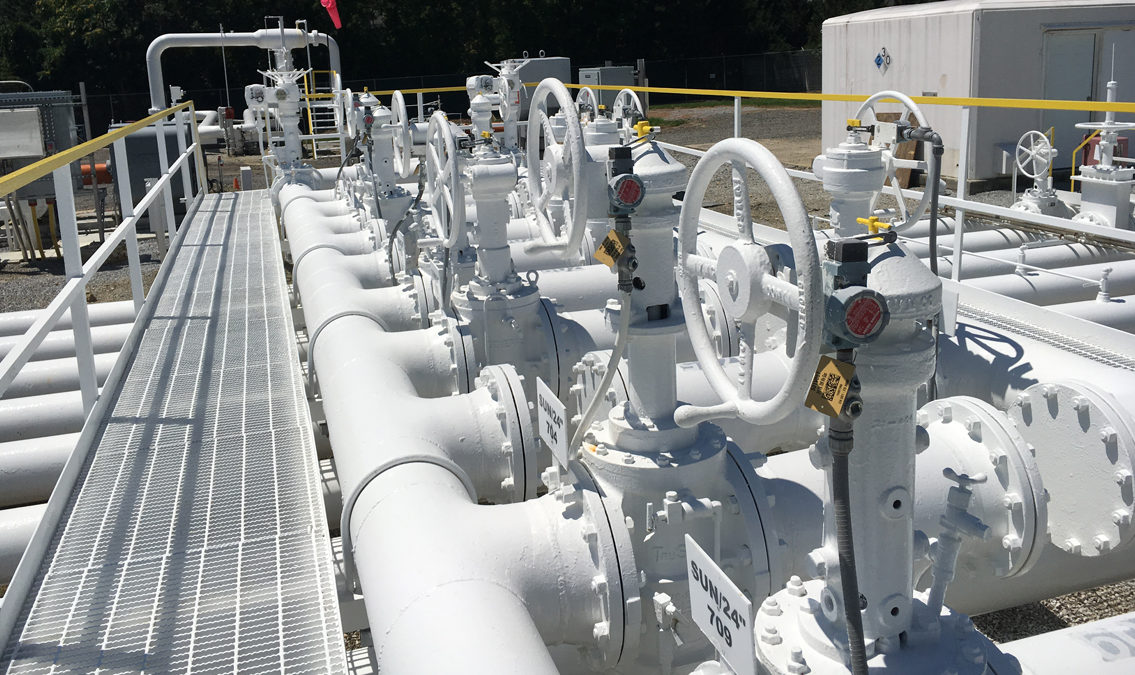What is Leak Detection and Repair (LDAR)?


In an era where environmental consciousness is paramount, industries are constantly seeking ways to minimize their ecological footprint. Enter Leak Detection and Repair (LDAR) programs – a crucial initiative that’s revolutionizing how facilities manage emissions. These programs are not just about compliance; they’re about fostering a safer, cleaner future for our planet and its inhabitants.
As we delve into the world of LDAR, prepare to discover how this seemingly simple concept is making waves in industrial practices, saving millions, and protecting our environment one leak at a time.

Leak Detection and Repair (LDAR) regulations were put into place by the Environmental Protection Agency (EPA) because of the amount of volatile organic compounds (VOCs) and volatile hazardous air pollutants (VHAPs) being emitted by leaking equipment such as valves, pumps, and connectors in industries such as petroleum refining and chemical manufacturing.
In an effort to curb the emissions, the EPA instituted regulations and compliance programs.
LDAR managers and technicians are to follow fundamental LDAR procedures, such as Method 21 monitoring techniques and analyzer calibration procedures, to keep their LDAR programs in compliance.
An LDAR program is the system of procedures a facility utilizes to locate and repair leaking components, including valves, pumps, connectors, compressors, and agitators, in order to minimize the emission of fugitive volatile organic compounds (VOCs) and hazardous air pollutants (HAPs). The EPA conducts audits and pursues enforcement actions in the petroleum refining and chemical manufacturing industries in order to verify minimization of VOC and HAP emissions.
Facilities of all sizes have been reviewed as a result of this EPA program.
At a minimum, LDAR programs should include scheduling inspections to ensure compliance, producing and tracking work orders as soon as leaking components are discovered, and environmental reporting.
Successful LDAR programs implement the following LDAR program best practices:
These best practices are streamlined with the use of automatic data capture technology featuring the right bar code labels for an LDAR program.
Camcode’s Metalphoto® Bar Code Label with Teflon®, for example, represent the industry standard for fugitive emissions applications and provide “excellent resistance to chemicals, solvents and will withstand exterior exposure in the harshest environments, including extreme cold, heat and UV.”
What’s more, when treated with Camcode’s image intensification process, these Teflon® Coated Bar Code Labels for Leak Detection and Repair (LDAR) Applications offer an expected exterior lifespan of 20+ years.
Obviously, cost savings, environmental protection, and worker and community safety are the goals of an effective LDAR program. The specific benefits of LDAR programs are staggering, as petroleum refineries could reduce emissions from equipment leaks by 63% and chemical facilities could reduce VOC emissions by 56% by implementing LDAR programs.
Additionally, the EPA estimates that facilities potentially save $730,000 per year per facility, based on the average value of product loss due to equipment leaks being $1,370 per ton.
The implementation of LDAR programs represents a significant stride towards environmental stewardship and operational efficiency. By meticulously detecting and repairing leaks, industries are not only complying with EPA regulations but also contributing to a healthier planet and safer communities.
The substantial reduction in emissions and the impressive cost savings demonstrate that environmental responsibility and economic benefits can go hand in hand. As technology continues to advance, we can expect LDAR programs to become even more efficient and effective, further cementing their role as an indispensable tool in the fight against industrial emissions.
Ultimately, LDAR serves as a shining example of how innovative solutions can address complex environmental challenges, paving the way for a more sustainable industrial future.
Inspection frequencies vary depending on the regulation the location falls under. For example, Colorado Regulation 7 requires LDAR testing to be completed monthly, quarterly, annually, or one-time only based on VOC emissions and location.
AVO (Audio, Visual, Olfactory) inspections are completed by listening, looking, and smelling for any leaks on a location.
EPA Method 21 inspections are another acceptable method of determining VOC leaks, using detectors such as PID, FID, catalytic oxidation, and infrared absorption.
Benefits include reducing product loss, increasing safety for workers and operators, decreasing hazardous exposure for the surrounding community, and reducing or eliminating potential fees and fines.
Our sales engineers are experts in automatic asset tracking, tagging and identification,a nd can answer all your questions. Get in touch now.
Lets Talk ›Enter your information and get a free checklist of the top questions to answer and tips to plan a successful asset tagging project for any asset management or tracking system implementation.